A properly installed downspout elbow is essential for directing rainwater away from your home’s foundation and preventing issues like soil erosion, basement flooding, and structural damage. Many homeowners wonder how high off the ground a downspout elbow should be to ensure effective drainage. The ideal height depends on several factors, including whether you are connecting it to a splash block, an extension, or an underground drainage system. Proper placement ensures that water is efficiently diverted without causing damage to your landscaping or home.
Recommended Heights for Downspout Elbows

In most cases, a downspout elbow should be positioned six to twelve inches above the ground. This height allows for proper water flow and ensures compatibility with different drainage solutions. However, the exact height may vary depending on how the water is being redirected. If the downspout elbow is leading into a splash block, placing it about six to twelve inches above the block ensures that water flows smoothly while reducing splash-back that can erode soil near your foundation. If the elbow is connected to a downspout extension, it should sit two to six inches above the ground to create a seamless connection that prevents leaks and ensures continuous water flow.
For homeowners using an underground drainage system, the elbow should be either flush with the ground or slightly above the inlet of the drainage pipe. This alignment allows water to enter the underground system without pooling or creating a gap where debris can accumulate. If the elbow is draining directly onto the ground without any additional drainage components, it should be positioned at least twelve inches above the surface to minimize soil erosion and prevent water from pooling near the foundation. However, this setup is not ideal for long-term drainage as uncontrolled runoff can lead to landscaping damage and water accumulation near the house.
Factors That Affect Downspout Elbow Height
The slope of your yard plays a significant role in determining the best height for a downspout elbow. If your yard slopes away from your home, water will naturally flow downhill, reducing the need for additional drainage solutions. However, if your yard slopes toward your home, a downspout elbow alone may not be enough to prevent water accumulation, and you may need to install an extension or underground drainage system to direct water away effectively. Landscaping features such as flower beds, walkways, and patios also impact how rainwater should be managed. If water from the downspout elbow is directed toward a garden or flowerbed, installing a splash block or extension can help protect plants from excessive moisture and soil erosion.
Another important factor is the type of material used for the downspout elbow. Most downspout elbows are made from aluminum, vinyl, or galvanized steel, with aluminum being the most common choice due to its durability and rust resistance. The material does not directly affect the placement height, but ensuring a secure and properly sealed connection is essential for preventing leaks and misdirected water flow.
Common Mistakes to Avoid
Placing the downspout elbow too high above the ground can result in excessive splashing, leading to erosion around the foundation and potential damage to nearby landscaping. If the elbow is too low, it may create drainage issues, especially if it is not properly aligned with a splash block or extension. Another common mistake is failing to secure the elbow properly. Over time, shifting soil, wind, and heavy rainfall can cause a loosely installed elbow to move, leading to misaligned drainage. Using screws or brackets to secure the elbow ensures that it remains in place and functions correctly.
Ignoring maintenance is another issue that can lead to clogs and blockages. Downspouts and elbows can accumulate leaves, dirt, and debris, which can restrict water flow. Regularly cleaning gutters and installing gutter guards can help prevent buildup and keep the downspout elbow functioning properly. Additionally, if a yard experiences frequent flooding or pooling, a downspout elbow alone may not be sufficient. In such cases, installing a downspout extension, rain garden, or underground drainage system can help improve water management.
FAQ’s
1. Can I place a downspout elbow directly on the ground?
No, placing a downspout elbow directly on the ground can cause blockages, erosion, and ineffective drainage. It should be positioned above a splash block, extension, or underground drain to ensure proper water flow and prevent soil displacement.
2. How far should a downspout elbow direct water away from my house?
Water should be directed at least three to five feet away from the foundation to prevent basement flooding, soil erosion, and structural damage. Extensions or underground drainage systems may be necessary for homes in areas prone to heavy rainfall.
3. Do I need a downspout extension if I already have a downspout elbow?
A downspout elbow helps redirect water, but if it does not move water far enough away from the home, adding an extension, splash block, or underground drainage system is recommended to improve water flow.
4. What is the best material for a downspout elbow?
Aluminum is the most commonly used material due to its durability and rust resistance. Vinyl and galvanized steel are also options, but aluminum tends to offer the best combination of longevity and weather resistance.
5. How do I prevent my downspout elbow from clogging?
Regular gutter maintenance, including clearing debris and installing gutter guards, helps prevent clogging. If connecting to an underground drain, using a filter or leaf guard can reduce the risk of blockages.



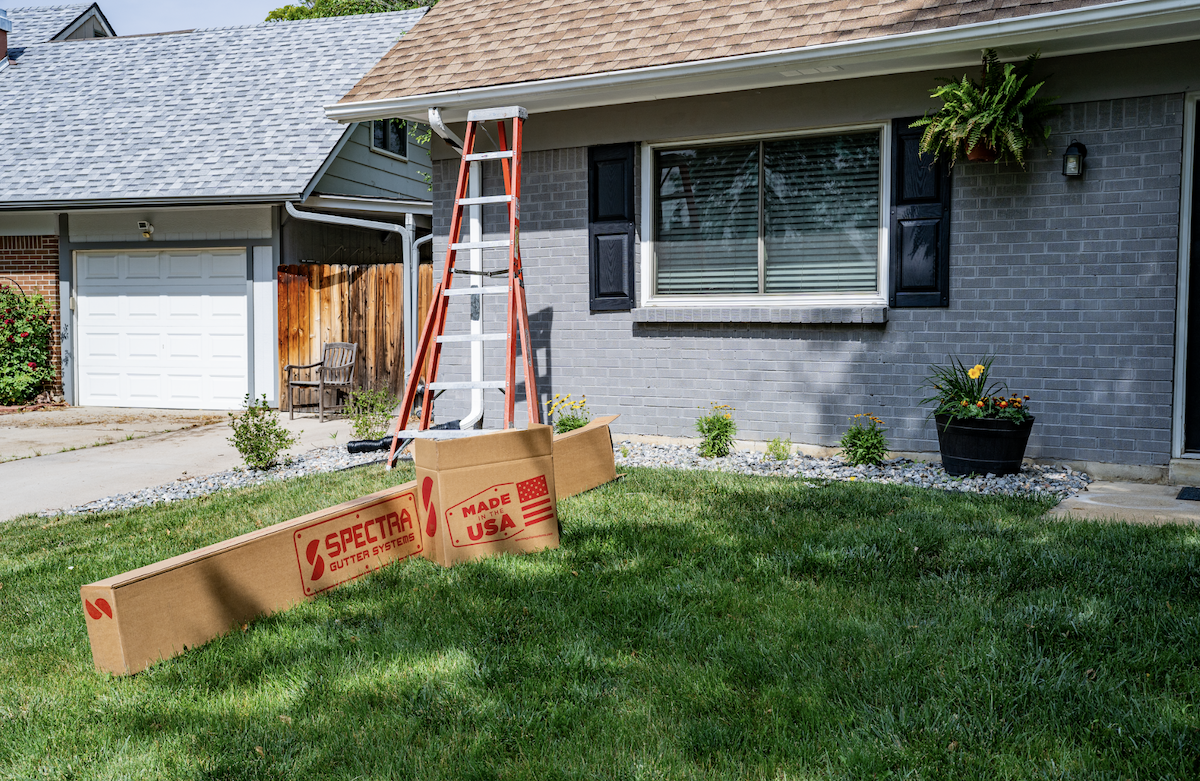

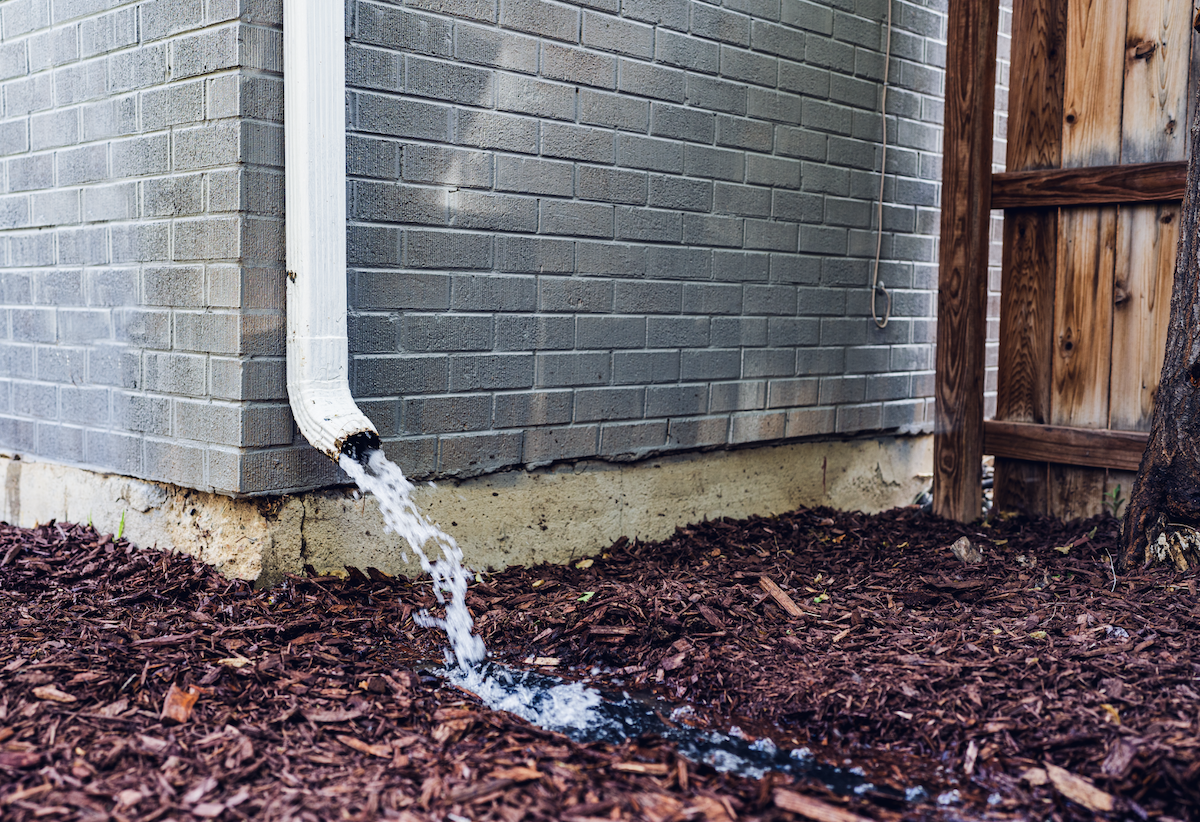

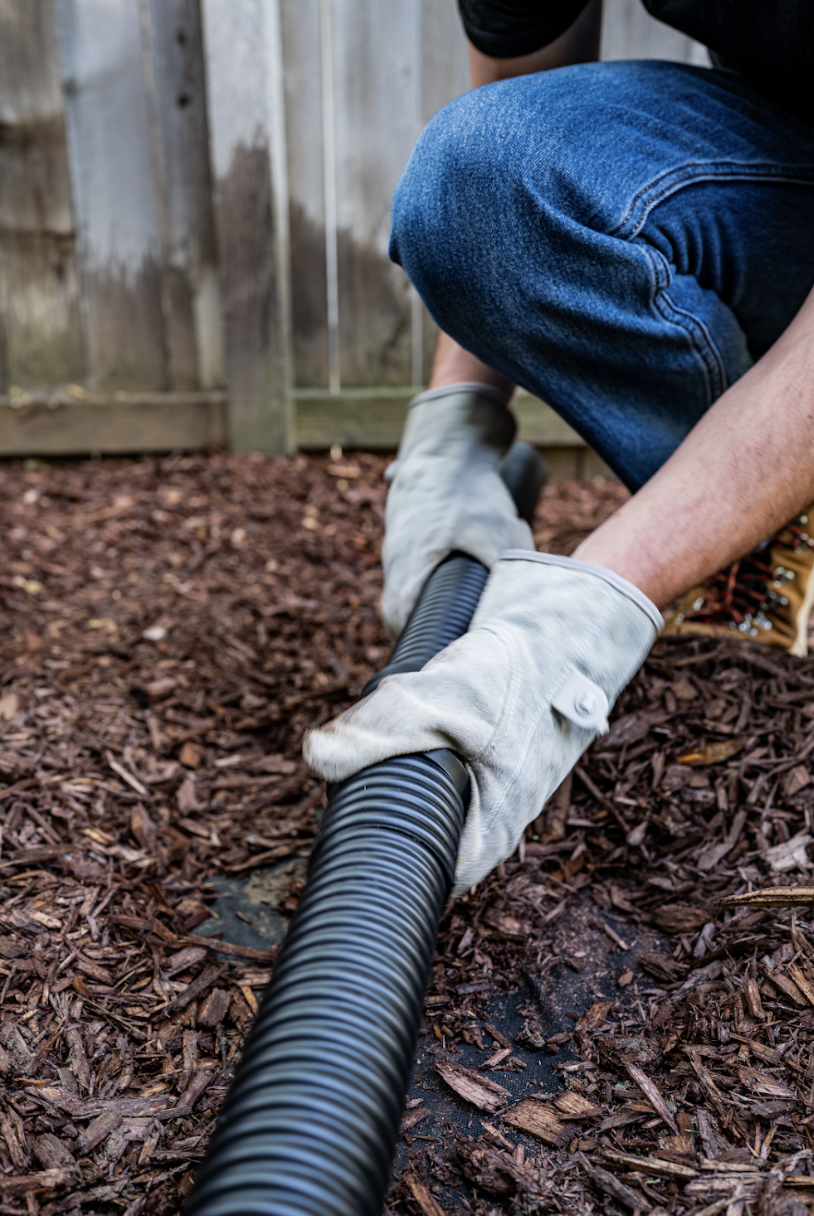
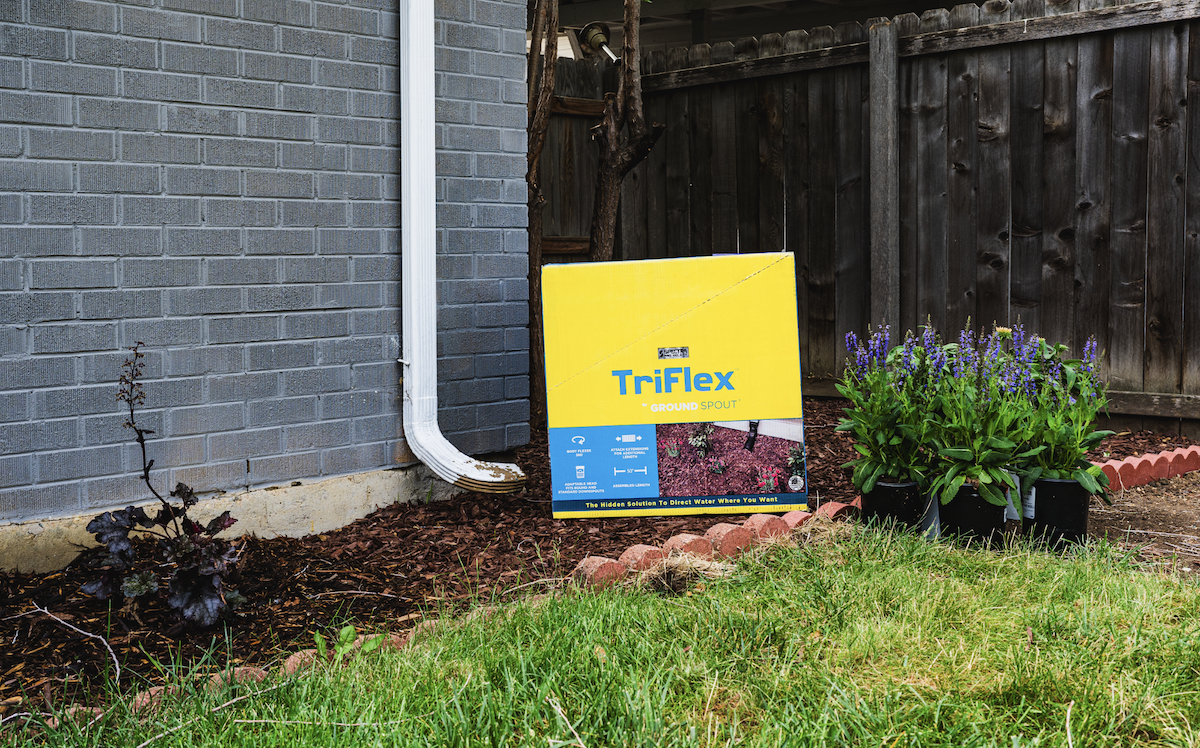
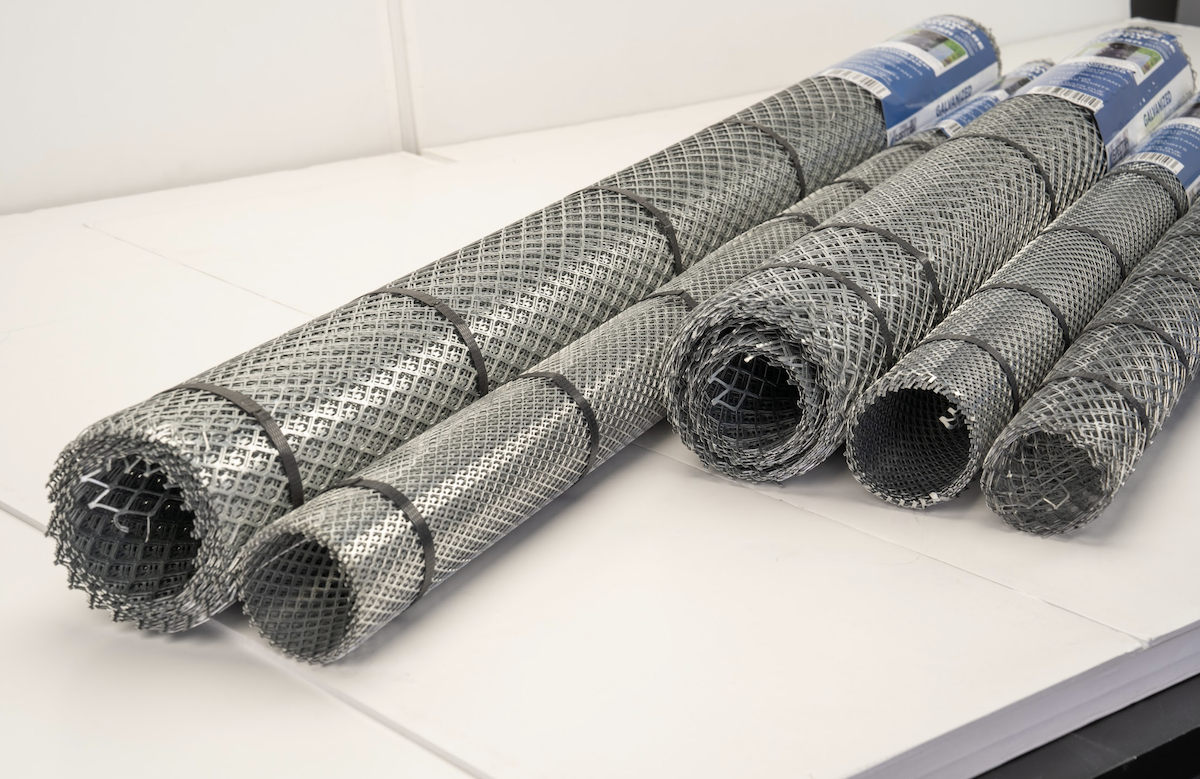

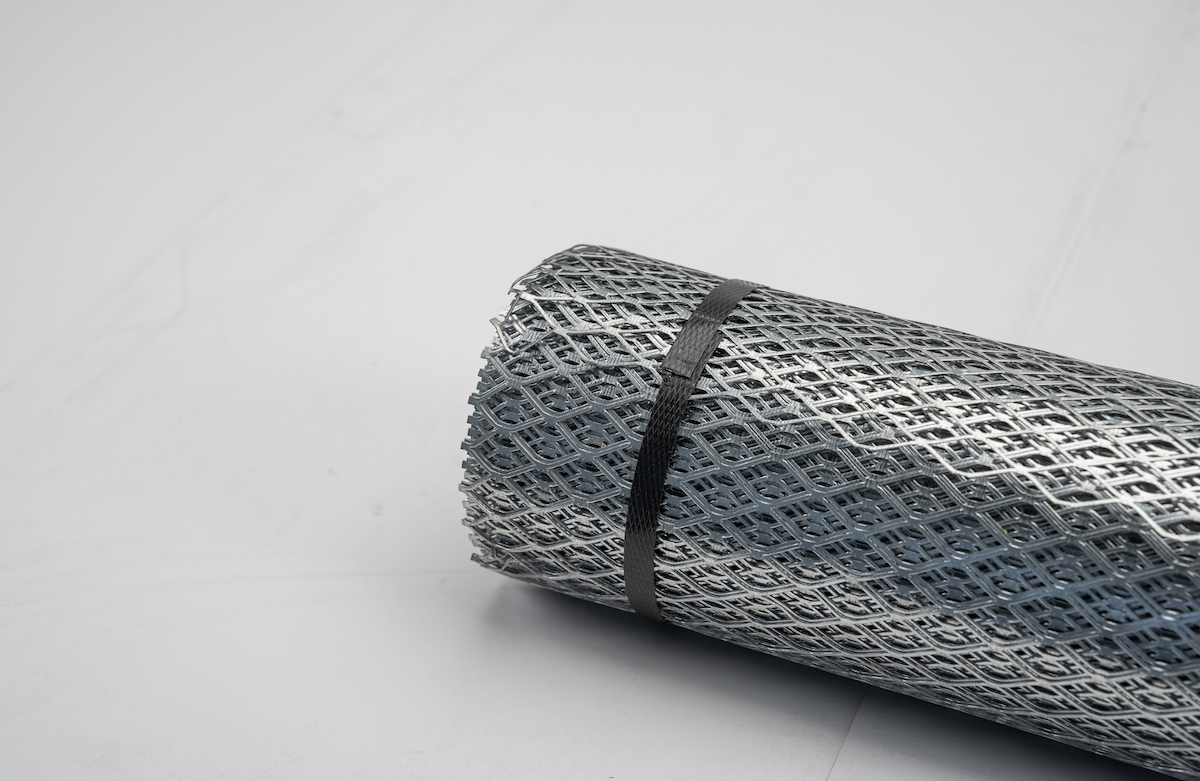
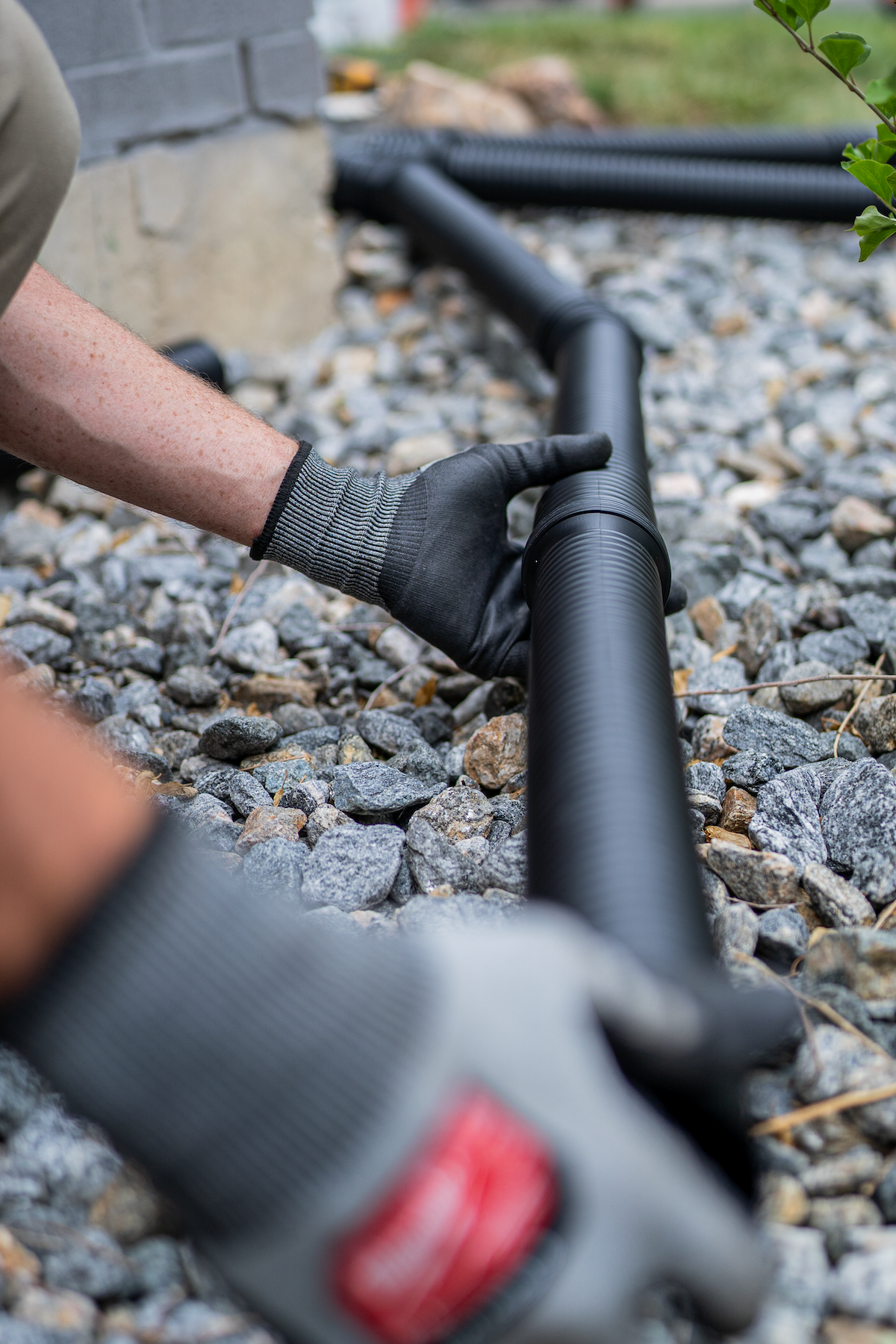
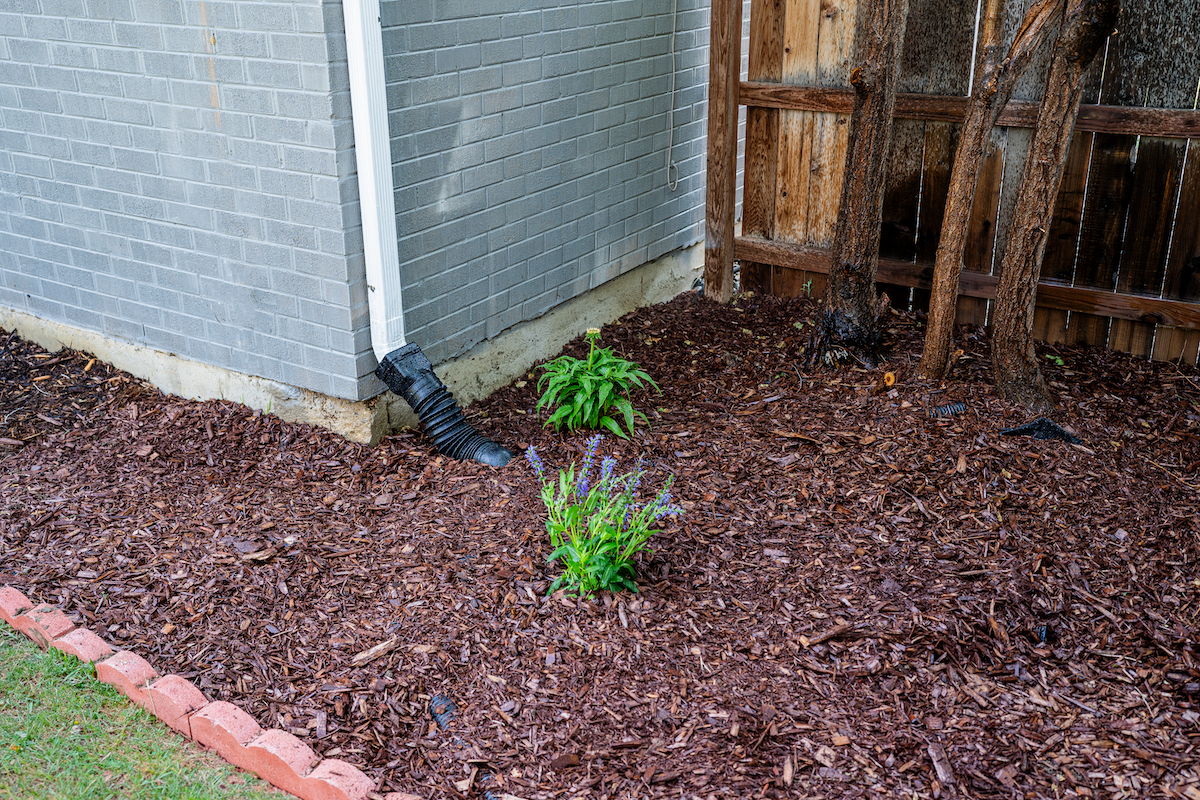
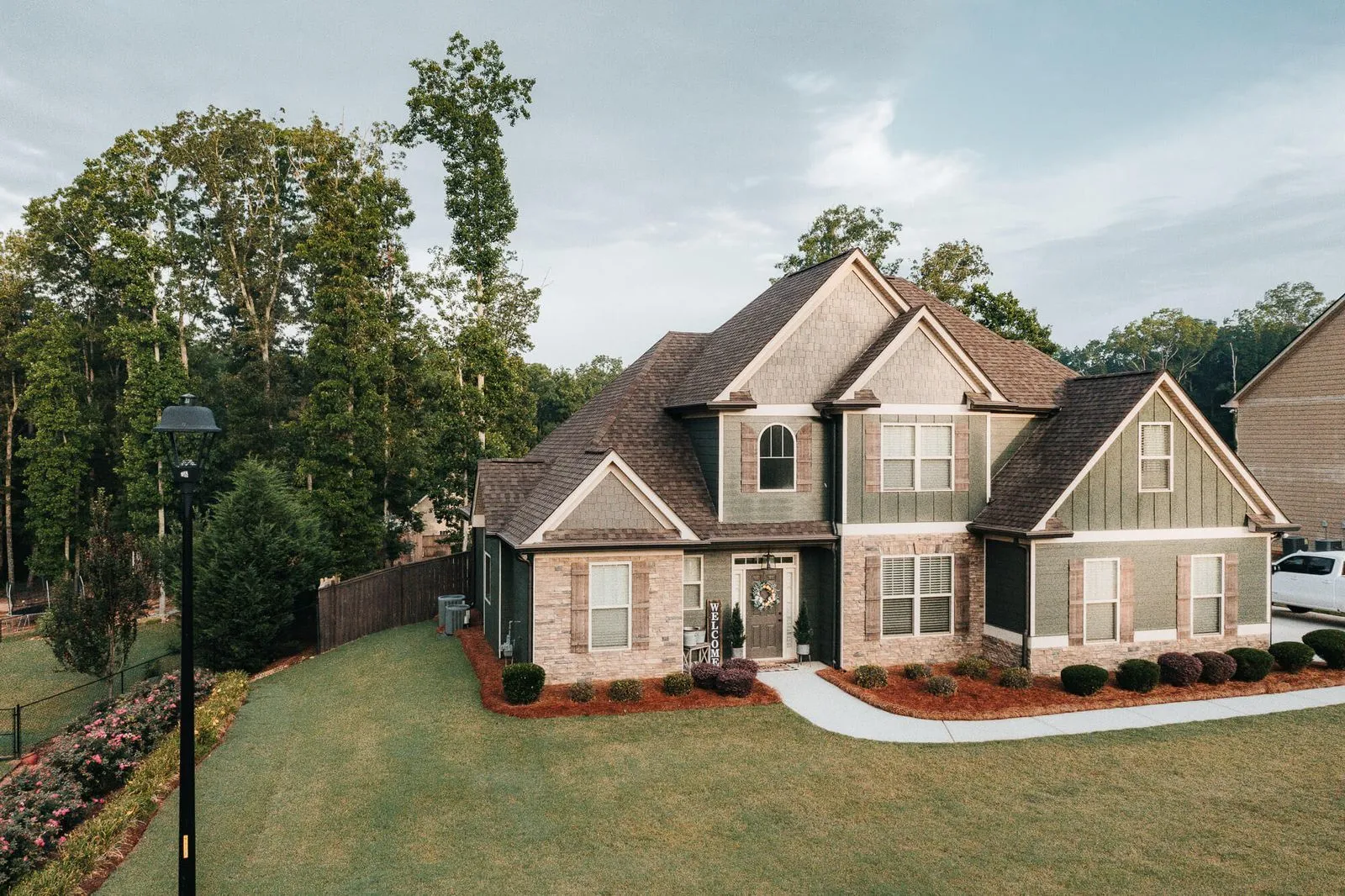
.jpg)
.jpg)

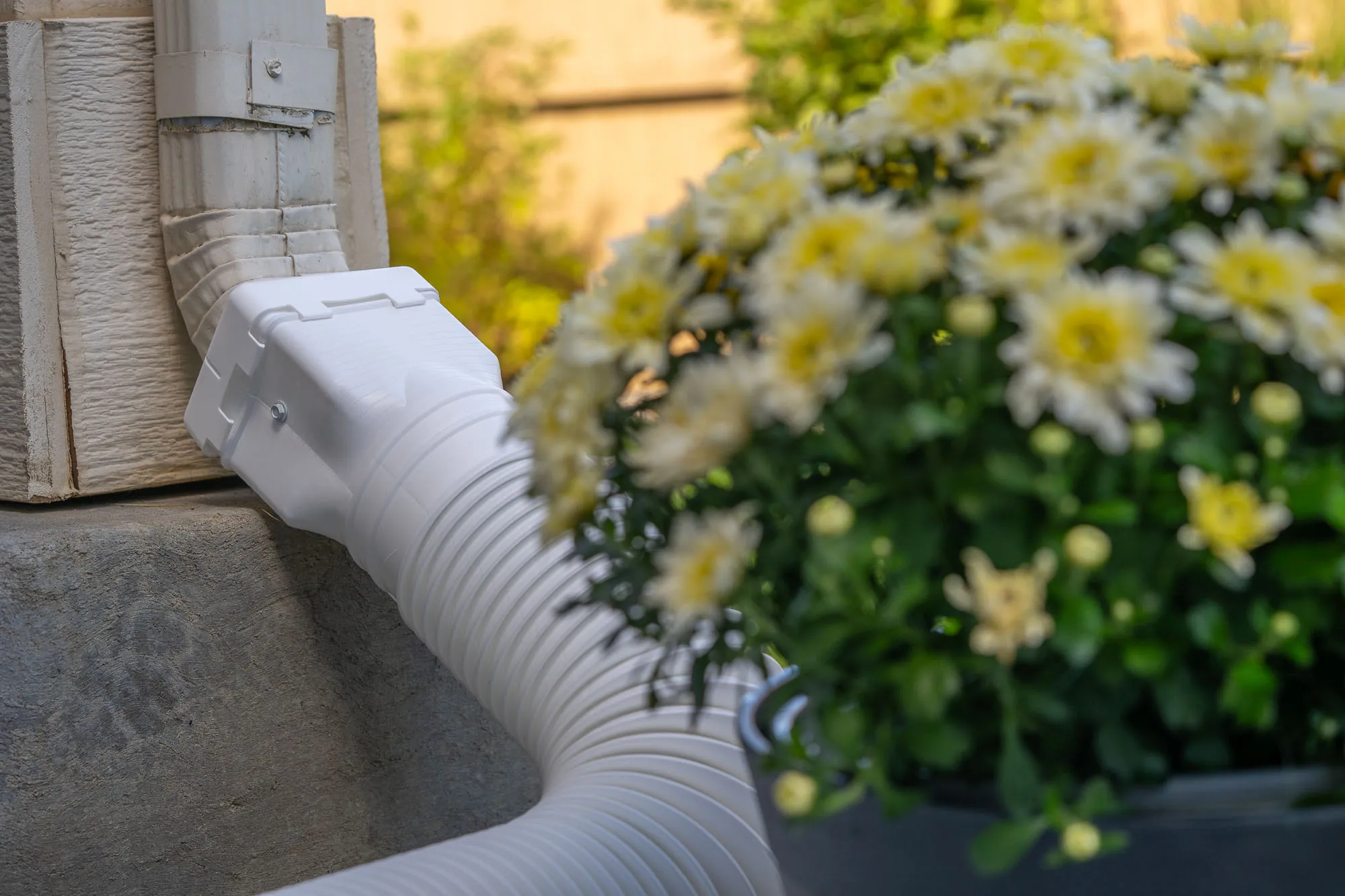
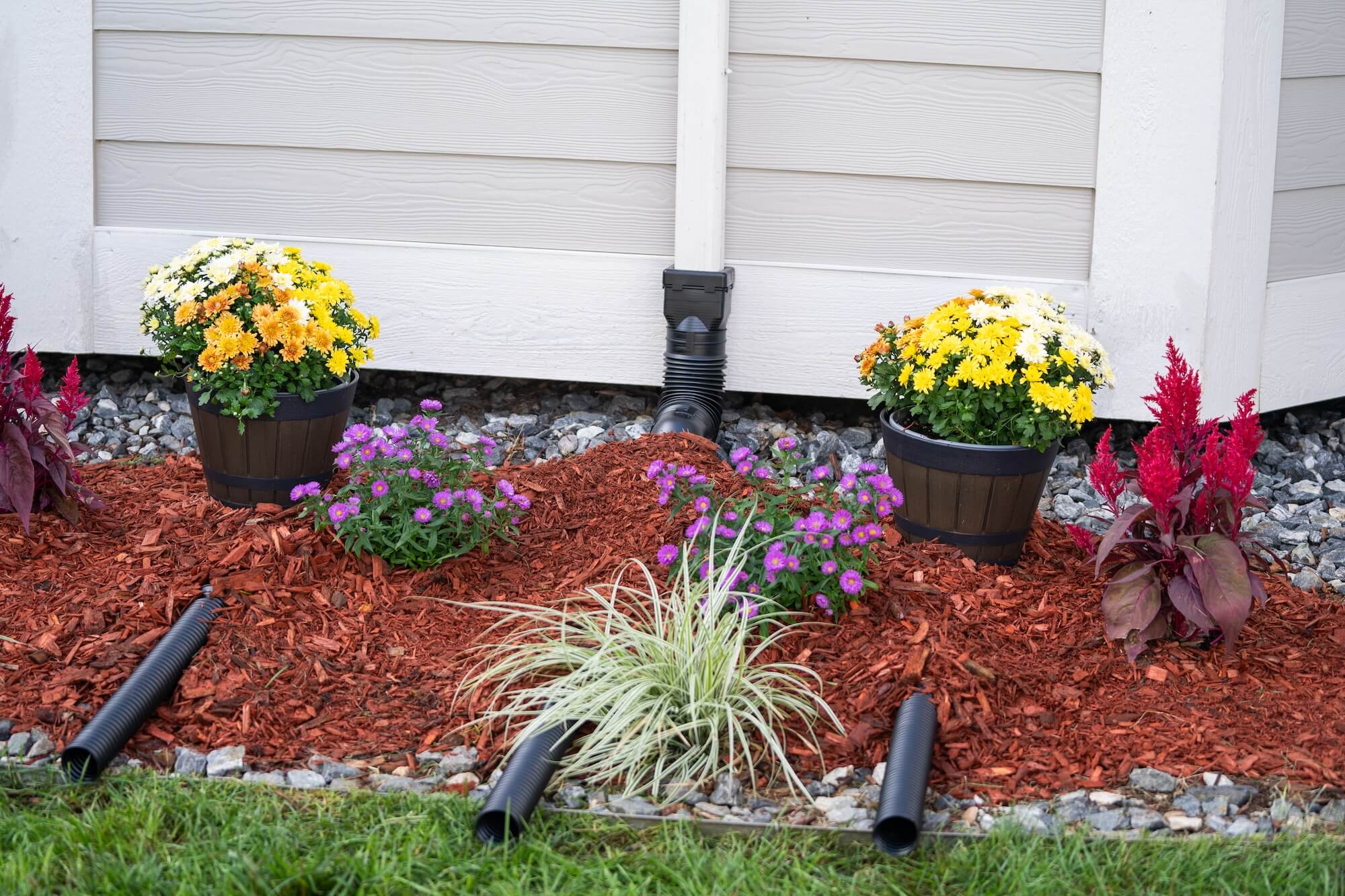


























.webp)

.webp)







